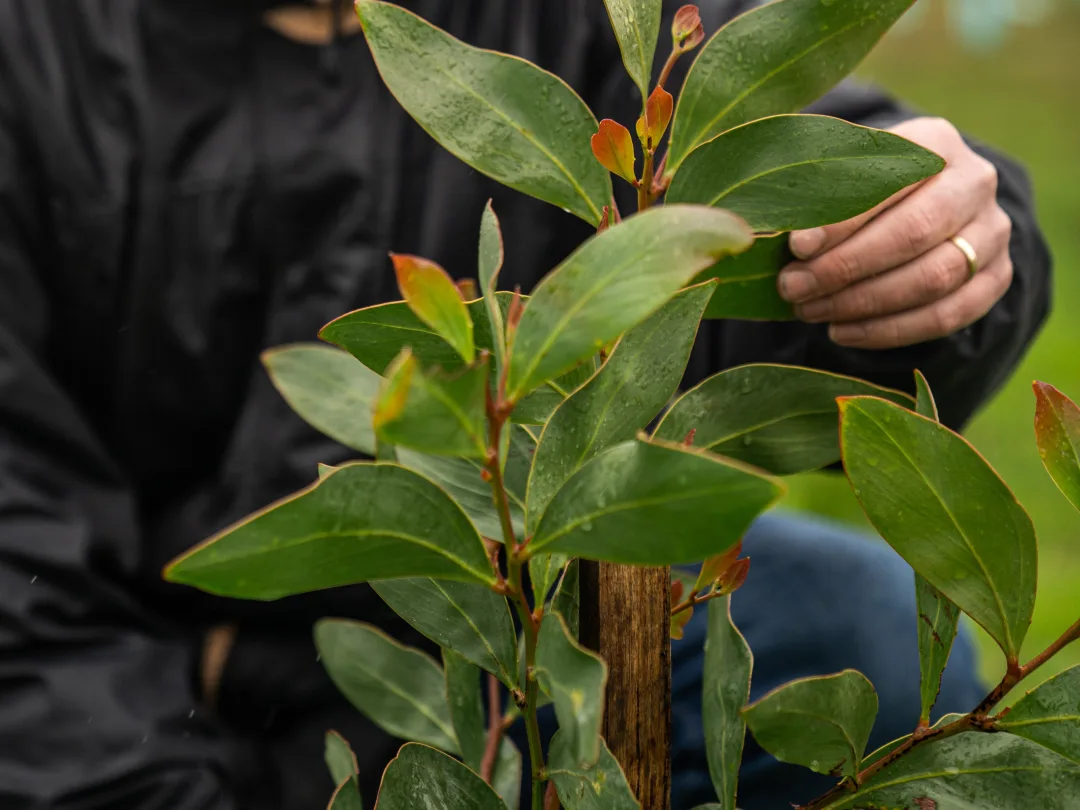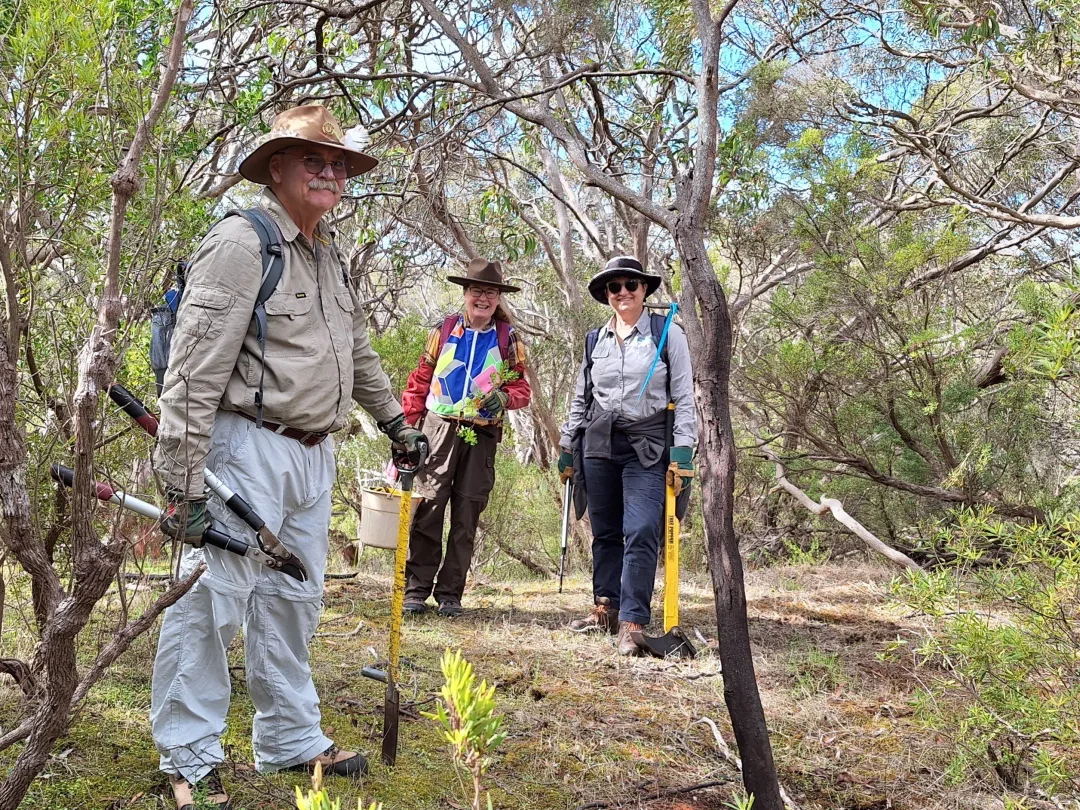Access local knowledge
The Limestone Coast Landscape Board's Bush Management Advisor has local knowledge and can provide free advice on:
- The selection of suitable species for local weather conditions, soil types and habitats.
- Designing a shelterbelt to provide wind protection for crops or livestock.
- Designing a shelterbelt maintenance program.
Contact our Bush Management Advisor today
Undertaking your own shelterbelt establishment
Shelterbelts are ideally at least 15 m wide and contain a mix of native trees and shrubs which are local to your area.
It is important to have a clear goal in mind before planting a shelterbelt so that the activity can be planned and designed for greatest benefit. For example, a shelterbelt to protect stock may differ greatly in species and design compared to a shelterbelt for a vineyard, or to restore wildlife habitat.
Start planning early as some steps need to occur well before you put your plants in the ground. Below is some guidance to help you make your revegetation project a success.
Selecting a site for a shelterbelt
When selecting a site for a shelterbelt, consider the site conditions. You may need to consider some or all of the following:
- Which way is the prevailing wind? Will the shelterbelt be providing protection to crops or stock?
- Are there powerlines or underground services?
- What is the surrounding land used for? Will there be grazing pressure?
Preparing your site
It is recommended that you knock down pasture grass 12–18 months before planting, and again pre-planting.
Soil is best prepared by either ripping, mounding and/or creating planting wells. If you identify that the ground needs ripping, undertake this task six months before planting/seeding.
Disturbed soil provides perfect conditions for weeds to germinate and thrive. You should continue to undertake weed control in preparation for planting.
Determining plant selection and design
Determine the planting design that you need of trees and understory. Along with soil type and weed control techniques, this will support your selection of plant species. Local native plants will be best to ensure they thrive in the conditions.
Ordering your plants and guards
Order your plants or seed, or collect seed, by the September of the year before you intend to plant to allow for quality control for success. There are a range of nurseries and growers who supply native plants that are local to your region. You can also source seed from local vegetation and germinate and grow the seedlings yourself or use a professional. You can grow seedlings on as tubestock, or direct sow on the property.
Order your tree guards. Your choice of tree guard will be based on its purpose and ongoing management. Generally, a biodegradable cardboard tube will suffice.
Planting your native plants
The best time for planting your tubestock is when the soil is moist but not overly wet. Often in the Limestone Coast this is in June to July. In heavier soils or high rainfall areas, it may be August to September. You will need to support newly planted seedlings. You will need to maintain moisture, minimise grazing and avoid the seedlings being overgrown with weeds. You can create planting wells, use tree guards and apply timely weed control to improve survival.
Direct seeding closely mimics nature. It can enable fast vegetation establishment over large areas and is cheaper than tubestock alone. Undertaking seeding before spring is ideal. And you should follow up with weed, pest insect and animal control and exclude livestock from the area.
If it suits you, you can organise a planting team which may be beneficial to spread the load.
Install stock proof fencing, and plant five metres from any fencing to stop fallen branches damaging fencing.
Controlling pests and grazing pressure
Grazing pressures come from many sources. Timely control of red-legged earth mites, snails, rabbits, deer, kangaroos, corellas and stock is essential. Control methods such as spraying, baiting, shooting, tree guarding and fencing will give seedlings the best chance of surviving and thriving. Please note you must get a destruction permit from the Department for Environment and Water to control over abundant native animals such as kangaroos and corellas.
Weeds also negatively impact seedling growth. Ongoing weed control, but particularly summer weed spraying will allow seedlings to thrive.
Managing your shelterbelt at years 2 to 5
Years two and three will be critical to your shelterbelt success. It is important to keep up your weed and pest control during this time. At year five, you should consider if your shelterbelt needs thinning.
It will be important that you maintain plant records for species survival. This will inform planting future native shelterbelts and make planning and preparation easier. You should also decide if you need to replant certain species if the survival rate is low.
As time goes on, you will need less hands on management of your shelterbelt.






